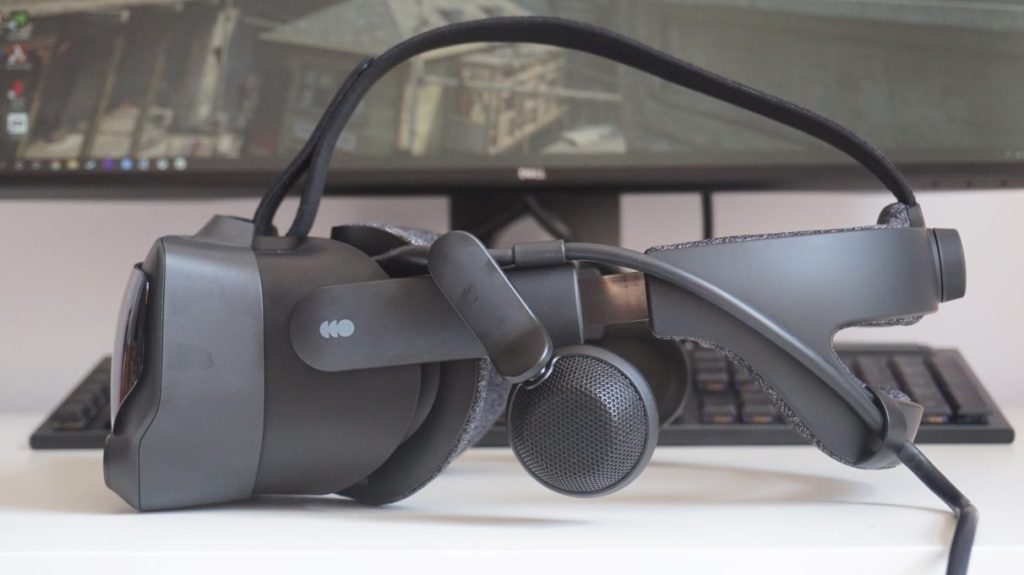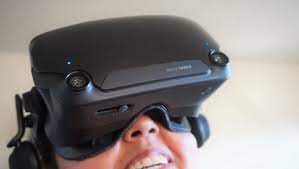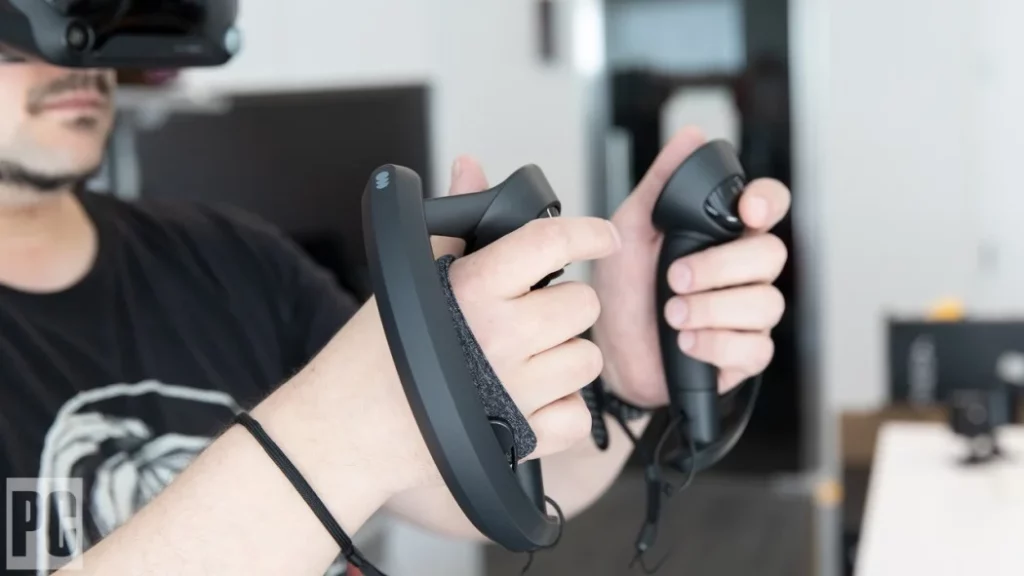The Valve Index is a virtual reality headset made by Valve Corporation. This is the same company that made Steam and Half-Life, two popular gaming platforms. It was first released in June 2019 and has since gained a reputation as one of the best VR headsets on the market.
In this guide, we’ll take a closer look at the valve index and its features.
1. Display and Resolution:

The Valve Index has two LCD screens that together have a resolution of 2880 x 1600 pixels. This makes for a sharp and clear display. It also features a high refresh rate of 120 Hz, providing a smooth and seamless experience. The Index also has a wider field of view than many other VR headsets, with a 130-degree FOV, which enhances immersion and makes the VR experience feel more realistic.
2. Controllers:

One of the most notable features of the valve index is its controller. The Index controllers are made to track the user’s hand movements. This makes VR interactions more natural and easy to understand. They have pressure-sensitive inputs that can track how the user holds and moves their fingers. This makes VR interactions with objects feel more real. The controllers also have a strap that attaches to the user’s hand, providing a secure and comfortable fit.
3. Comfort:

Comfort is an essential factor in VR, and the Valve Index delivers in this aspect as well. The headset features an adjustable head strap that distributes the weight of the headset evenly across the head, reducing pressure on the face and neck. The lenses can also be adjusted to accommodate different eye distances and reduce eye strain. The headset also has a built-in speaker system that provides immersive audio without the need for headphones.
4. Connectivity:

The Valve Index requires a PC to operate and is compatible with a wide range of VR content, including games and creative tools. It connects to the PC using a DisplayPort and USB connection, and it also has a camera that can be used for passthrough video or room tracking.
5. Compatibility:

The Valve Index is compatible with both SteamVR and Oculus content, making it a versatile VR headset. It also works for both sitting and standing VR experiences and room-scale tracking, which gives you more room to move around while playing.
Is Valve Index VR worth it?
Whether or not the Valve Index VR headset is worth it depends on individual preferences, needs, and budget. But, in general, the Valve Index is thought to be one of the best VR headsets on the market right now, and both gamers and VR fans have given it good reviews. It comes with a good display and resolution and about 120Hz refresh rate
The Index controllers are made to track hand movements, which makes VR interactions more natural and easy to understand. They have pressure-sensitive inputs that can sense how you hold and move your fingers. This lets you interact with objects in VR in a more realistic way.
Does Valve Index need a PC?
Yes, the Valve Index VR headset requires a PC to operate. The headset is designed to be used with a high-end gaming PC with a compatible graphics card and processor. It connects to the PC using a DisplayPort and USB connection. The PC is in charge of rendering the VR content, which is then shown on the high-resolution LCD panels inside the headset.
The Valve Index is not a standalone VR headset like the Oculus Quest 2. It does not have its own built-in processor, memory, or storage, and it cannot be used independently from a PC. But its ability to connect to a PC gives it access to a wider range of VR content, such as high-end games and creative tools, and makes the VR experience more immersive and high-quality.
Is Quest 2 better than Valve Index?
Using a table to compare the Oculus Quest 2 and Valve Index VR headsets can help show their similarities and differences.
| Feature | Oculus Quest 2 | Valve Index |
| Display and Resolution | 1832 x 1920 per eye, 72Hz (90Hz with experimental update) | 2880 x 1600 combined resolution, 120Hz |
| Field of View | 90-degree FOV | 130-degree FOV |
| Controllers | Oculus Touch controllers | Index controllers with finger tracking and pressure inputs |
| Comfort | Lightweight, portable, and comfortable for short sessions | More comfortable for extended sessions with adjustable fit |
| Connectivity | Standalone or PC connection with optional cable | PC connection only via DisplayPort and USB |
| Tracking | Inside-out tracking for head and hands | Inside-out tracking for head and optional external sensors |
| Content | Limited to standalone and mobile VR content | Compatible with a wide range of PC VR content |
| Price | Starts at $299 | Starts at $999 |
As the table shows, both VR headsets have their respective strengths and weaknesses. The Oculus Quest 2 is a standalone VR headset that can also connect to a PC for more VR content. It is lightweight and portable, making it suitable for short VR sessions and on-the-go use. On the other hand, the Valve Index is a high-end VR headset designed for use with a PC. It features a higher resolution and wider field of view, making it more immersive. Its controllers also have more advanced features like finger tracking and pressure inputs that make VR interactions feel more real. Additionally, the Valve Index is more comfortable for extended VR sessions.
Ultimately, the choice between the Oculus Quest 2 and Valve Index VR headsets comes down to personal preference and budget. The Oculus Quest 2 is a cheaper option that gives you a great VR experience for standalone and mobile VR content, while the Valve Index is a more expensive VR headset for a PC that gives you a more advanced and immersive VR experience.
Conclusion:
Valve Index is an excellent VR headset that provides a high-quality VR experience. Its high resolution, wide field of view, intuitive controllers, and comfortable design make it an excellent choice for gamers and VR enthusiasts. While it is on the expensive side, the Valve Index is well worth the investment for those looking for a top-of-the-line VR experience.
